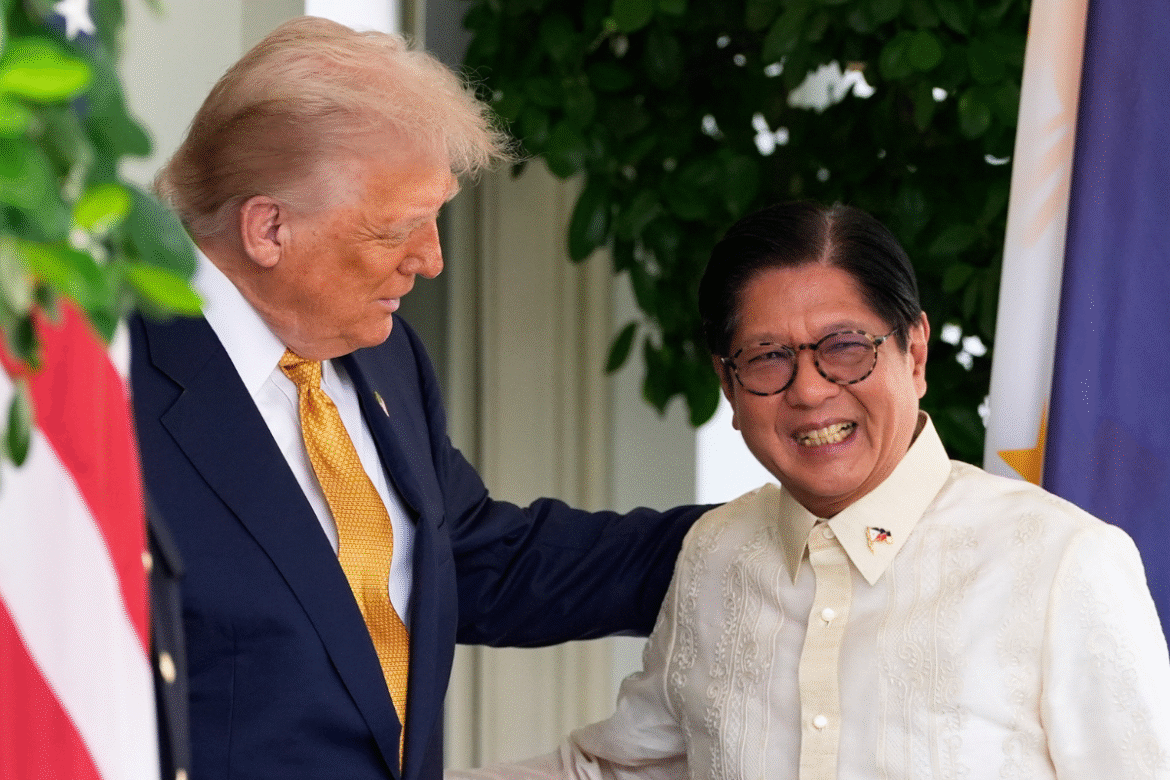In July 2025, U.S. President Donald Trump and Philippine President Ferdinand Marcos Jr. concluded a new trade agreement during a high-profile meeting at the White House. The deal stipulates that U.S. goods entering the Philippines will be exempt from tariffs, while Filipino exports to the U.S. will face a 19% tariff. This agreement has raised questions about whether President Marcos secured a favorable deal or was outmaneuvered by President Trump.
The Philippines had previously faced a 17% tariff rate, which was later increased to 20%. The new agreement reduces this rate by just 1%, leading some critics to argue that the Philippines conceded more than it gained. Supporters, however, contend that the zero-tariff status for U.S. goods entering the Philippines represents a significant win for the country.
The Terms of the Agreement
Tariff Structure
U.S. Goods to the Philippines: Zero percent tariff
Filipino Goods to the U.S.: 19 percent tariff
These terms place the Philippines in a favorable position regarding its exports to the U.S., while U.S. exporters benefit from unrestricted access to the Philippine market.
Strategic Considerations
The agreement also reflects broader strategic considerations, including strengthening bilateral relations and enhancing military cooperation between the two nations. President Trump praised President Marcos as a “tough negotiator,” acknowledging the complexities involved in the negotiations.
Analysis: Was President Marcos Outmaneuvered?
Economic Implications
The 19% tariff on Filipino exports to the U.S. is a reduction from the previously proposed 20% but still higher than the initial 17%. Critics argue that this slight reduction does not compensate for the concessions made, particularly given the Philippines’ strategic importance to the U.S. in the Indo-Pacific region.
Diplomatic Considerations
The agreement may be viewed as a diplomatic success, fostering closer ties between the U.S. and the Philippines. However, the economic terms suggest that the Philippines may have been in a weaker negotiating position, potentially yielding more than it received in return.
Conclusion
The U.S.-Philippines trade agreement, while offering some benefits, raises questions about the balance of concessions made. President Marcos’ decision to accept the 19% tariff may be seen as a pragmatic move to maintain strong bilateral relations. However, the economic terms suggest that the Philippines may have conceded more than it gained, leading some to question whether the deal was truly advantageous.
